Tuna fishing no longer has the social importance of other times in the Algarve, but it is gaining tourist importance. The Tuna Route (Tuna Route), a European project that brings together several Mediterranean countries, “passes” through the Algarve region, joining, on an online platform, several tourist offers related to tuna fishing that can be booked and tried by tourists.
In Portugal, the project is being developed by the University of Algarve, through CRIA – Entrepreneurship and Technology Transfer Division, which is seeking to enhance the involvement of nautical tourism, catering, or accommodation companies that may be part of this route.
Luís Pereira, scientific coordinator of the project, explained to the Sul Informação that Tuna Route “came from the identification of an opportunity, which involves valuing cultural resources that exist related to tuna in the Mediterranean area. Based on this story, we want to create a nautical tourism route on tuna. A work was done to identify the assets associated with tuna, both in the Algarve and the Mediterranean, and based on this, a route was designed with two itineraries: Algarve-Cadiz (Spain) and another in the Sicily area (Italy)».
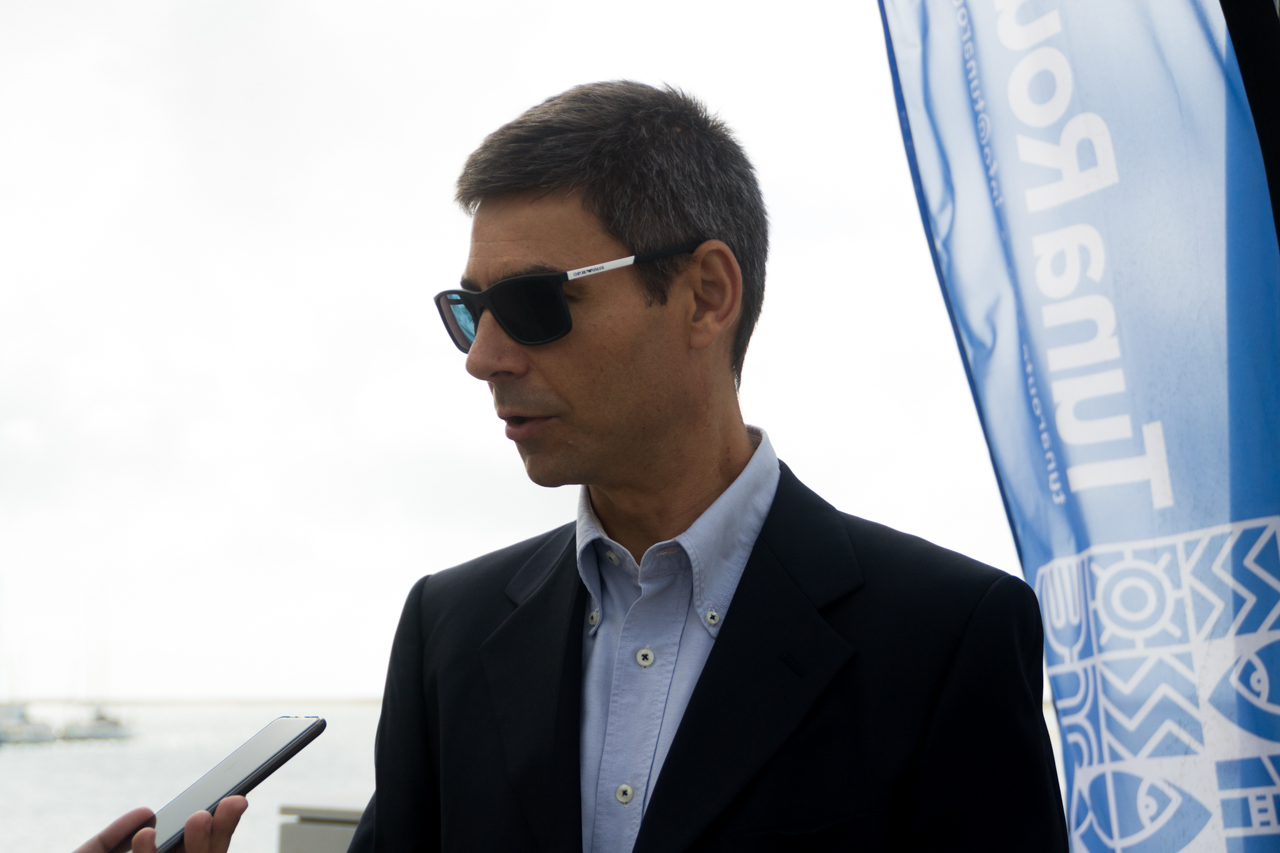
In addition to this survey work, «an information system was developed, which aims to bring together all the stakeholders related to tuna, whether in terms of accommodation, restaurants, events, attractions or even shopping and, on this platform, we are bringing together the offer, so that tourists can see what exists and book the tourist activity ».
In the Algarve, for now, it is possible to book sailing expeditions, awareness raising and environmental conservation activities, as well as the activity “Cataplana com Todos: From the market to the table”, by Tertúlia Algarvia.
The aim is for the offer to be “diversified” and to increase. «The project lasts for another six months, ending at the end of the year. And we're trying to involve as many of the stakeholders. The stakeholders they only have to gain, because all the work is being done by the multidisciplinary team from several European countries. We are giving entrepreneurs from these regions an opportunity to promote their businesses by associating themselves with the route», added Luís Pereira.
The project started in January 2018 and, after a study and development phase, it is now being carried out «dissemination and promotion work to bring together the greatest number of entrepreneurs».
It was on a sailboat that can be booked for the route between the Algarve and Cadiz, to «show that it is possible to promote nautical tourism at an international level», that the Sul Informação sailed, in the Ria Formosa, together with Federico Cardone.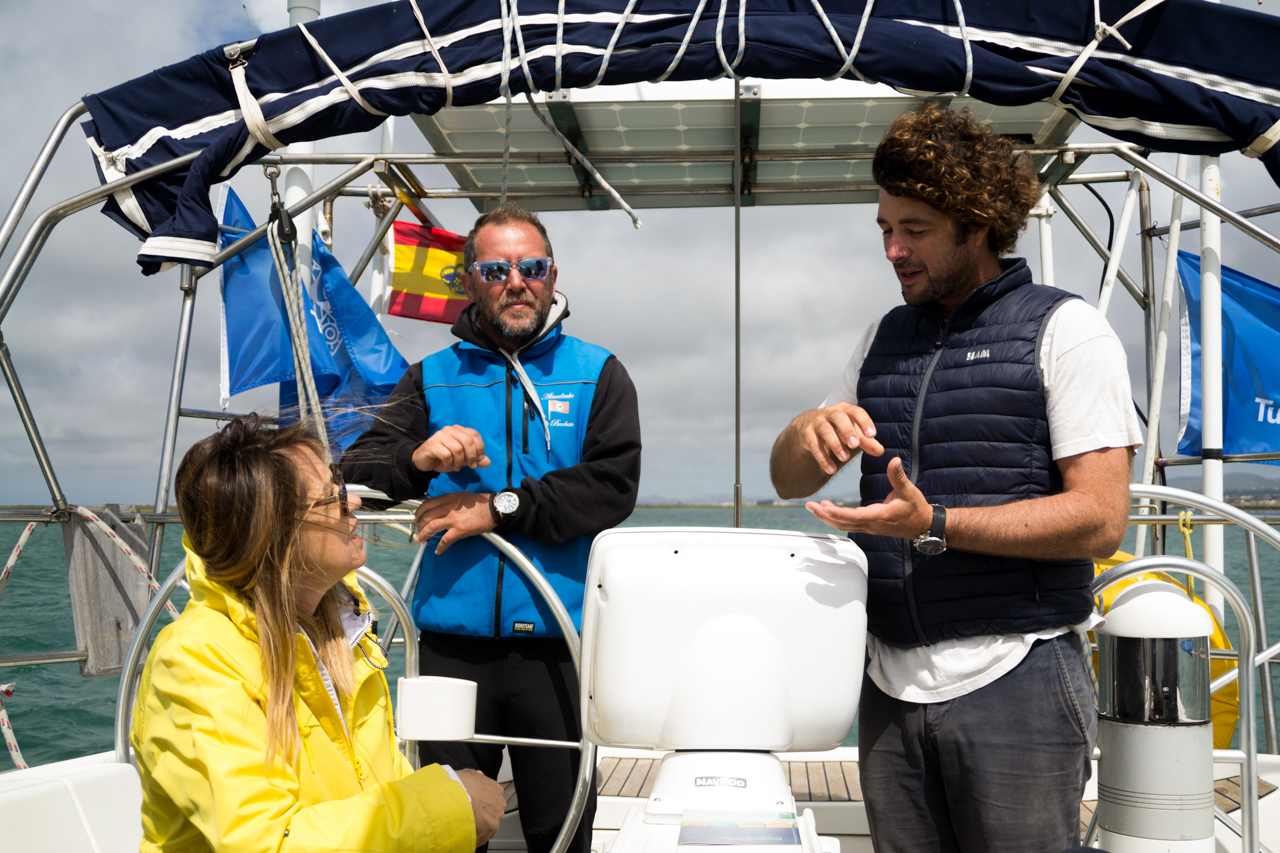
The Spaniard explained to our newspaper that this project “intends to unify the European areas where tuna were important socially and economically, creating a Branding to make Europe a tuna-related world destination'.
For now, in addition to the Algarve, the regions of Cadiz, the Balearic Islands are involved – which are in the consortium, because they are a «worldwide reference in nautical tourism and we want to drink from their experience» – Sardinia, Carloforte and Sicily.
However, in the future, this Tuna Route could even be extended to North Africa. "This project is funded by the European Coastal Fund, and this call is only for EU member countries, but we are thinking of presenting a project to the European Neighborhood Instrument, so that, keeping these countries, we add countries from North Africa as well."
Federico Cardone explained that “the idea is for Europe to be a world reference. Everyone knows about tuna, but there is a lot of history involved in fishing it. The idea is for any Asian or Australian to come to Europe and visit Cadiz, Olhão, Sicilia… and, in ten days, by buying a tour package, they will be able to discover the entire history of tuna”.
Tuna Route is a project financed by the European Union, through the European Fund for Maritime Affairs and Fisheries.
Photos: Rodrigo Damasceno | Sul Informação
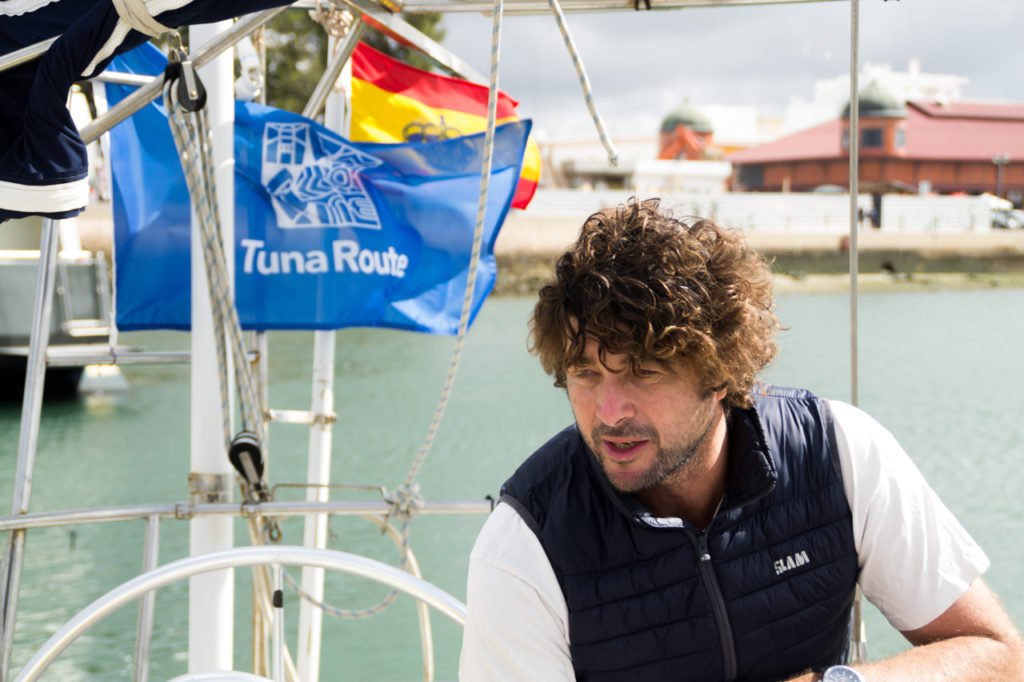
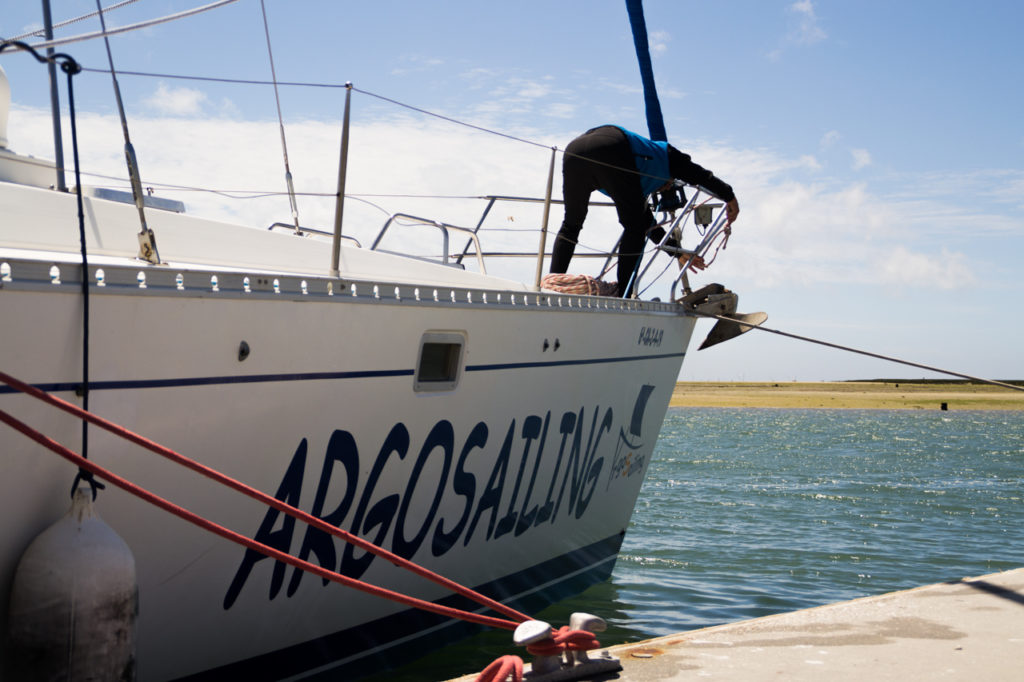
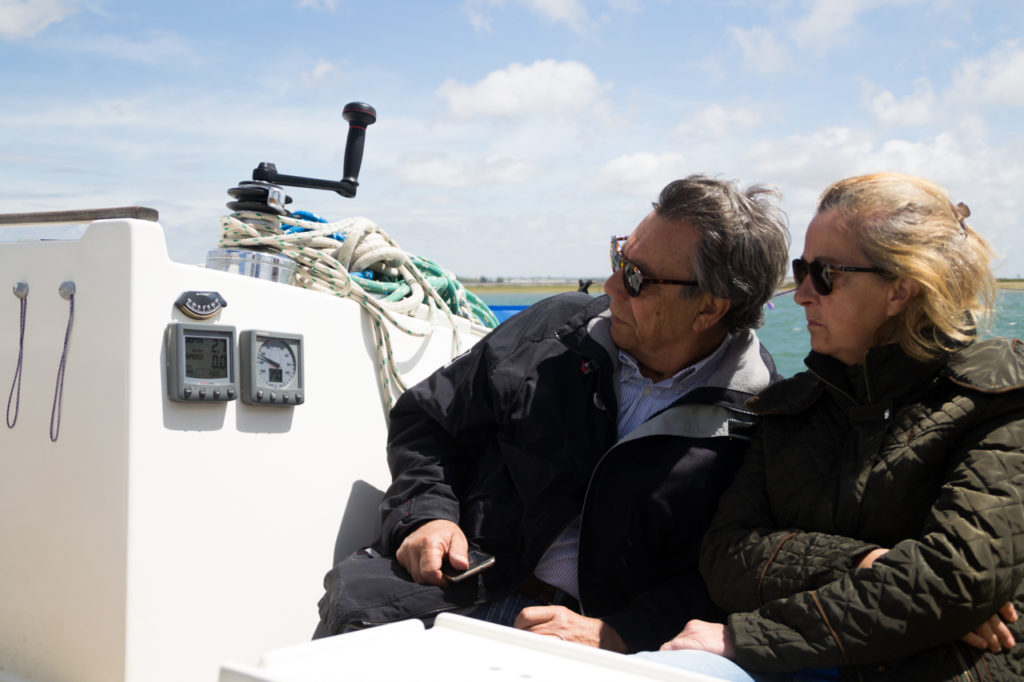
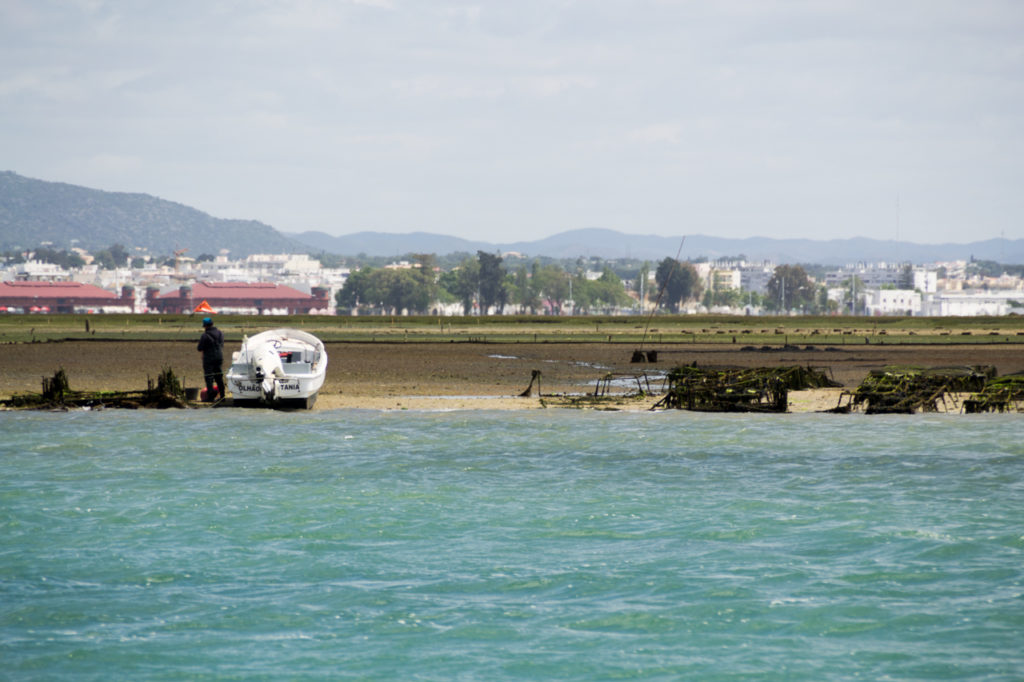
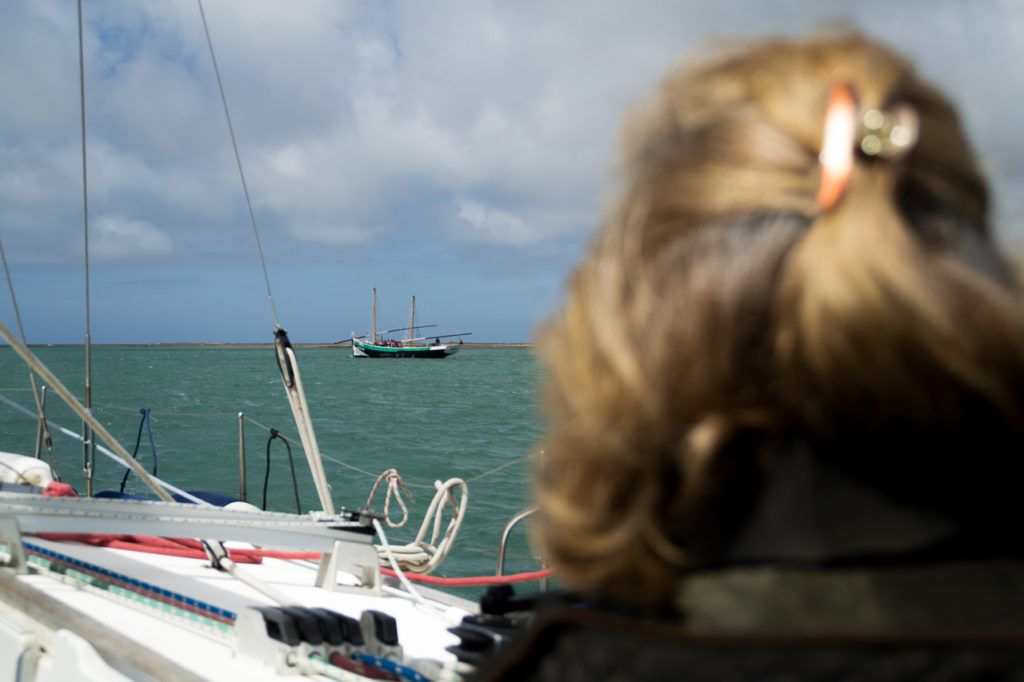
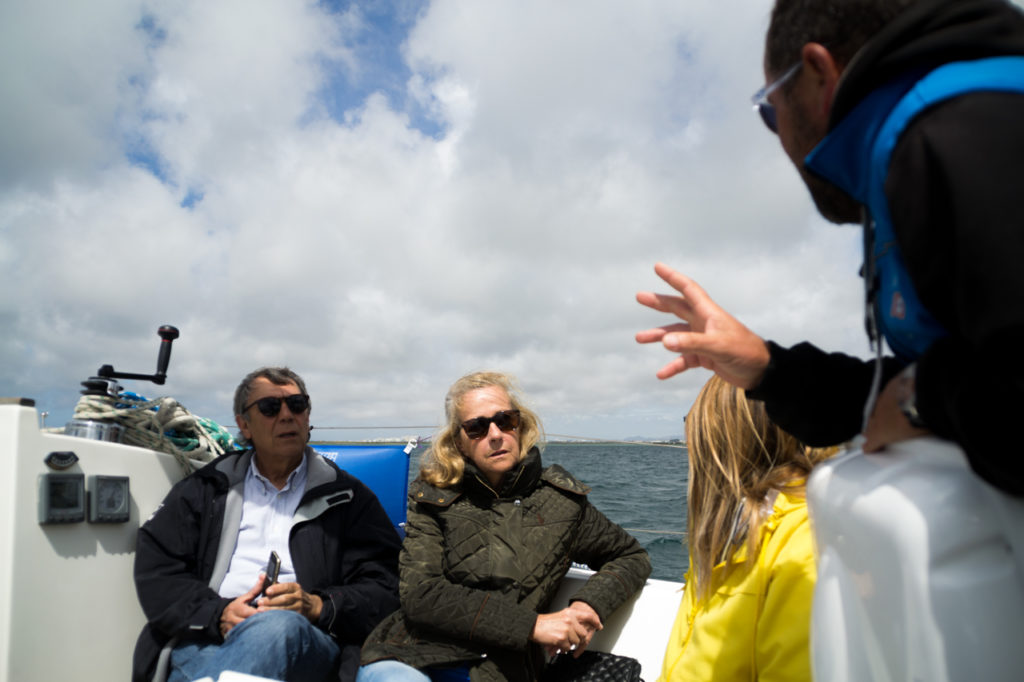
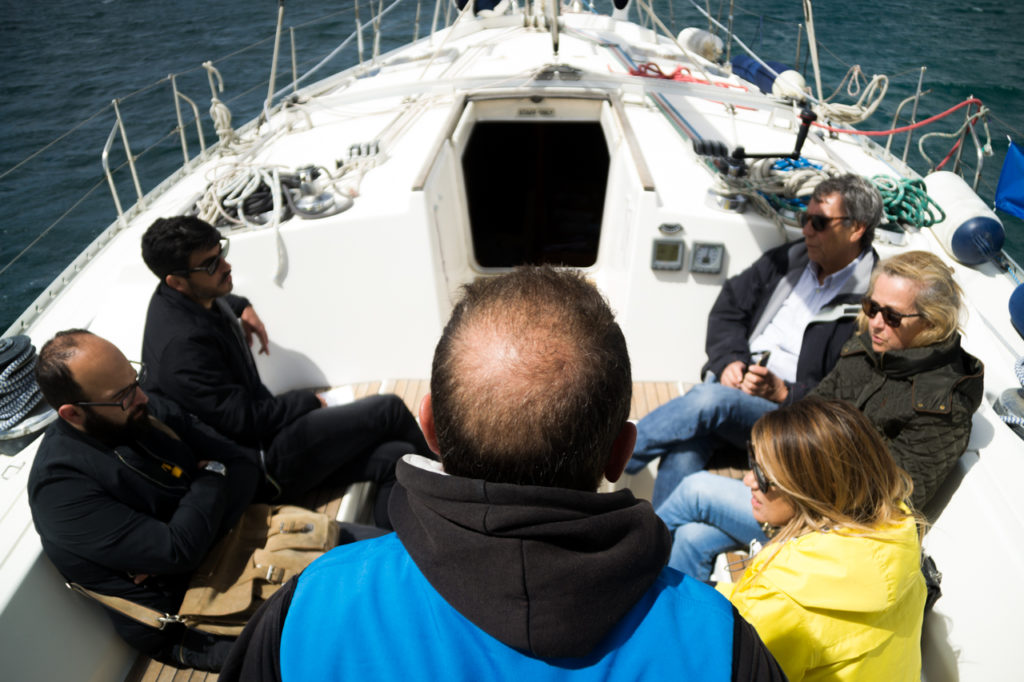
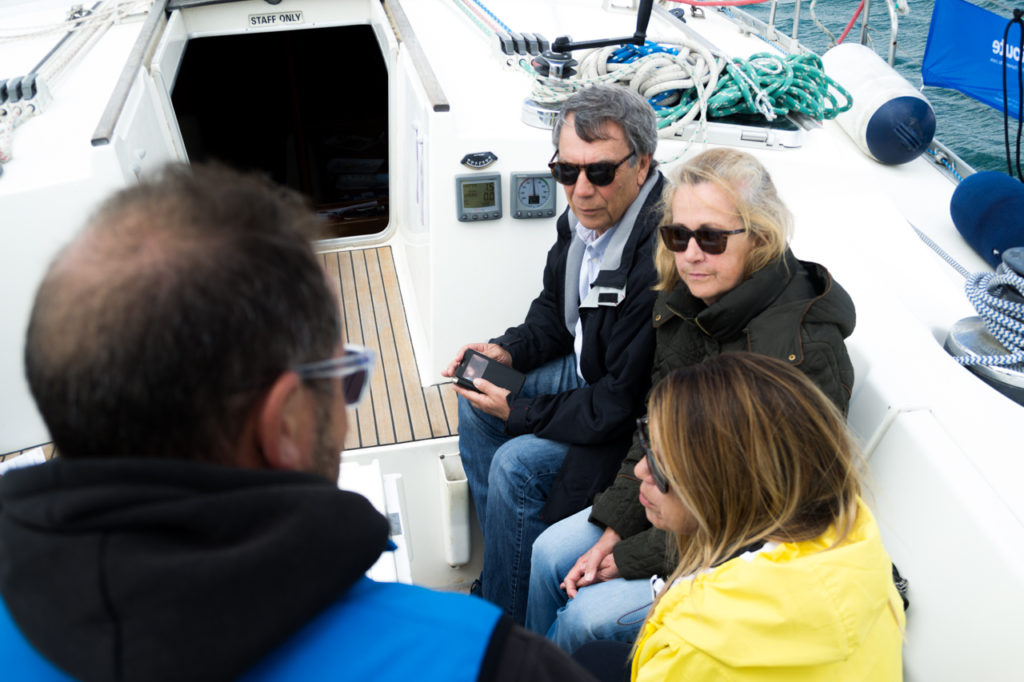
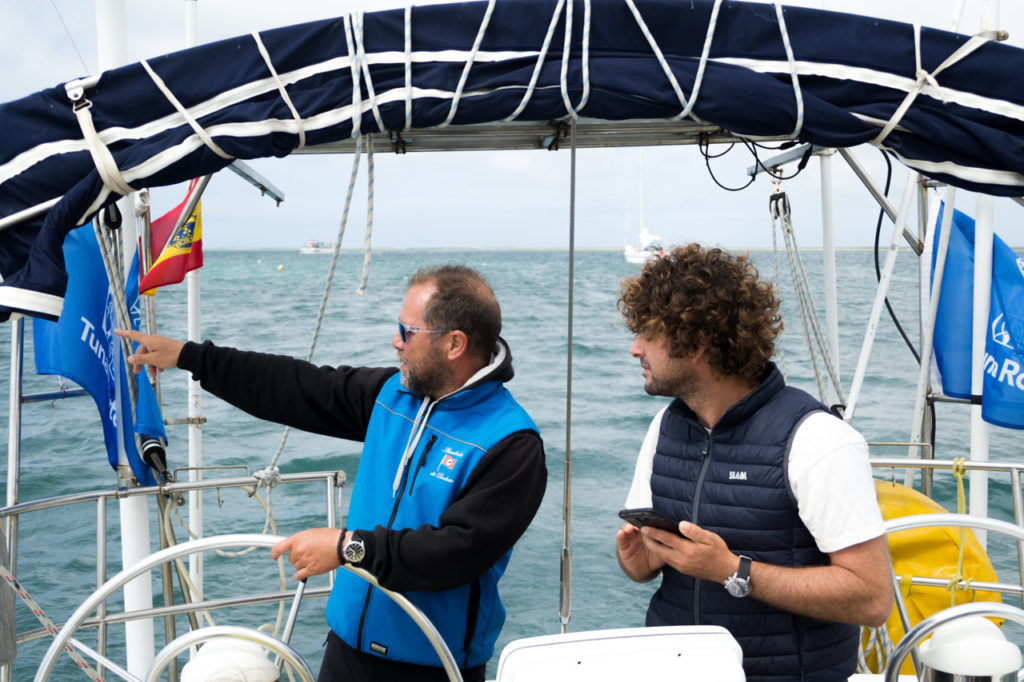
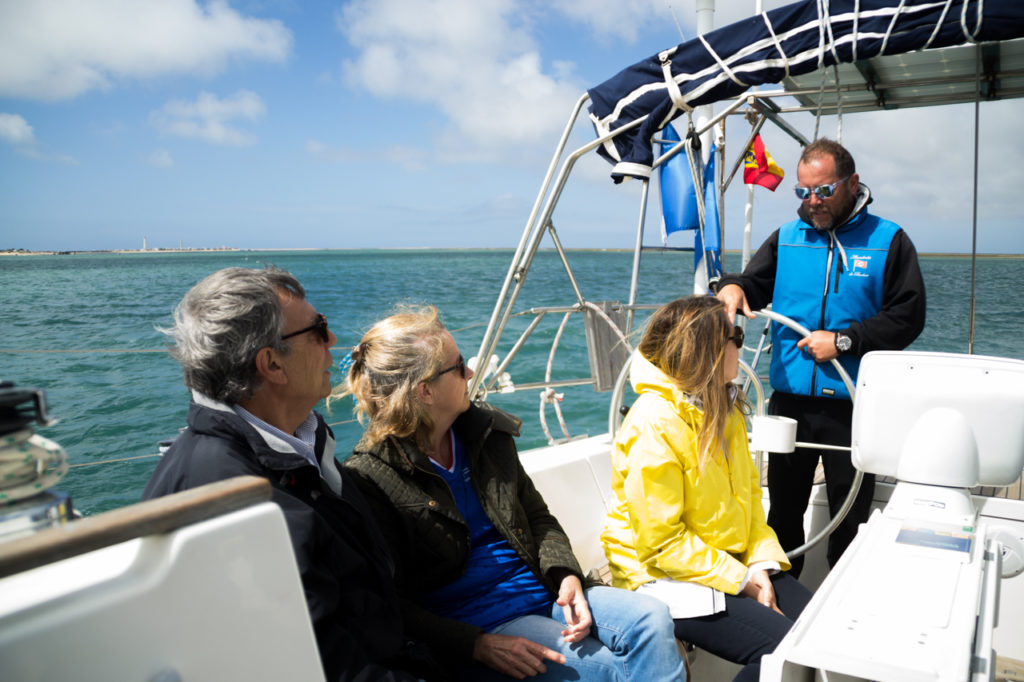
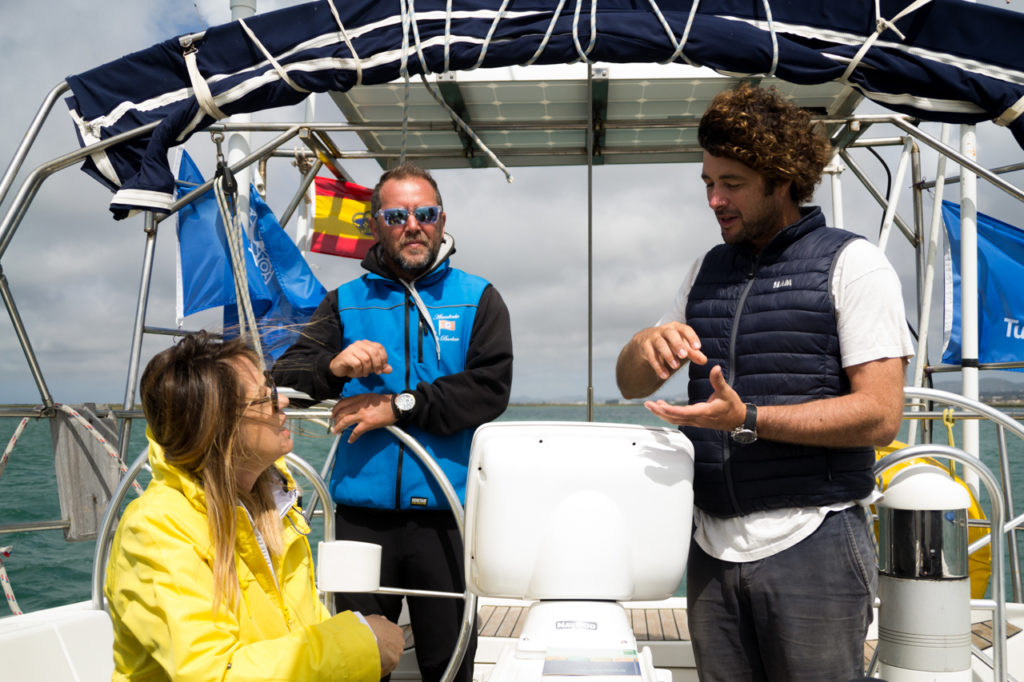
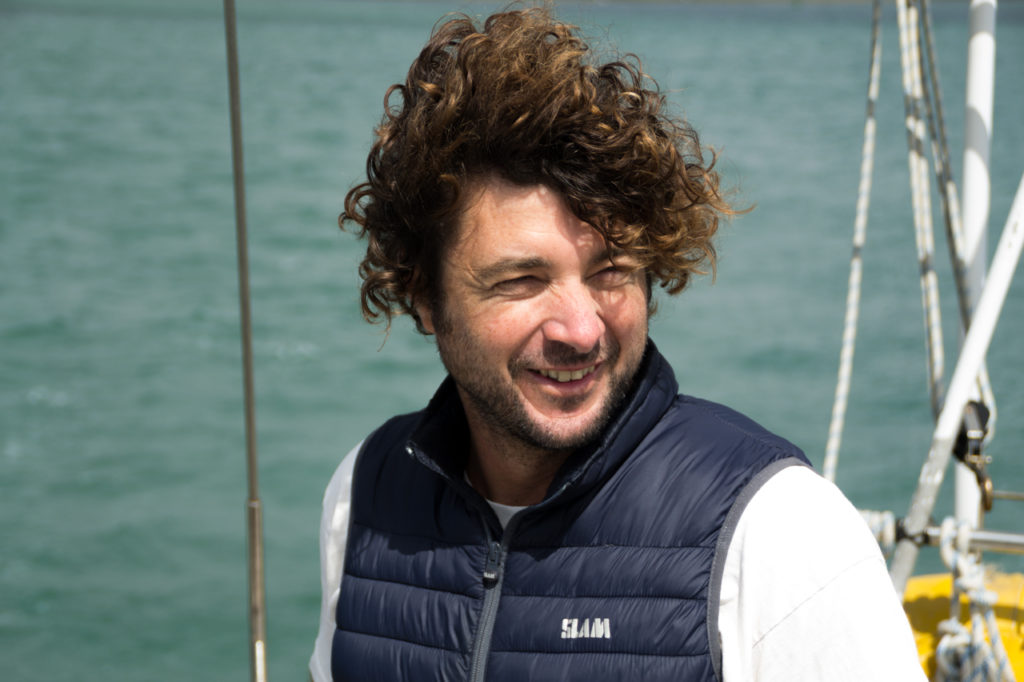
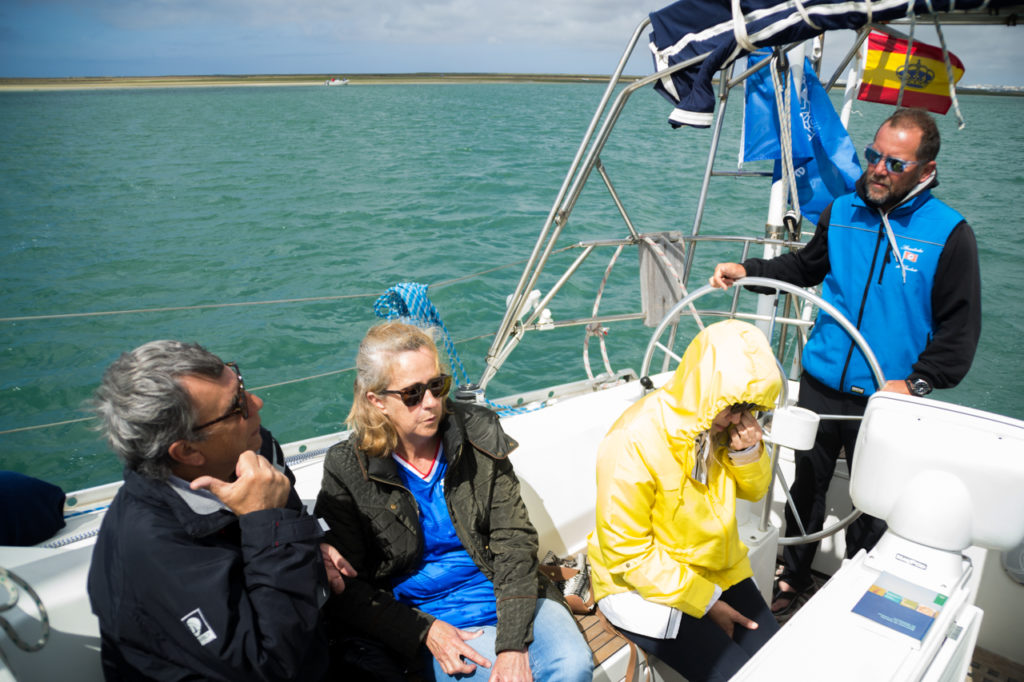
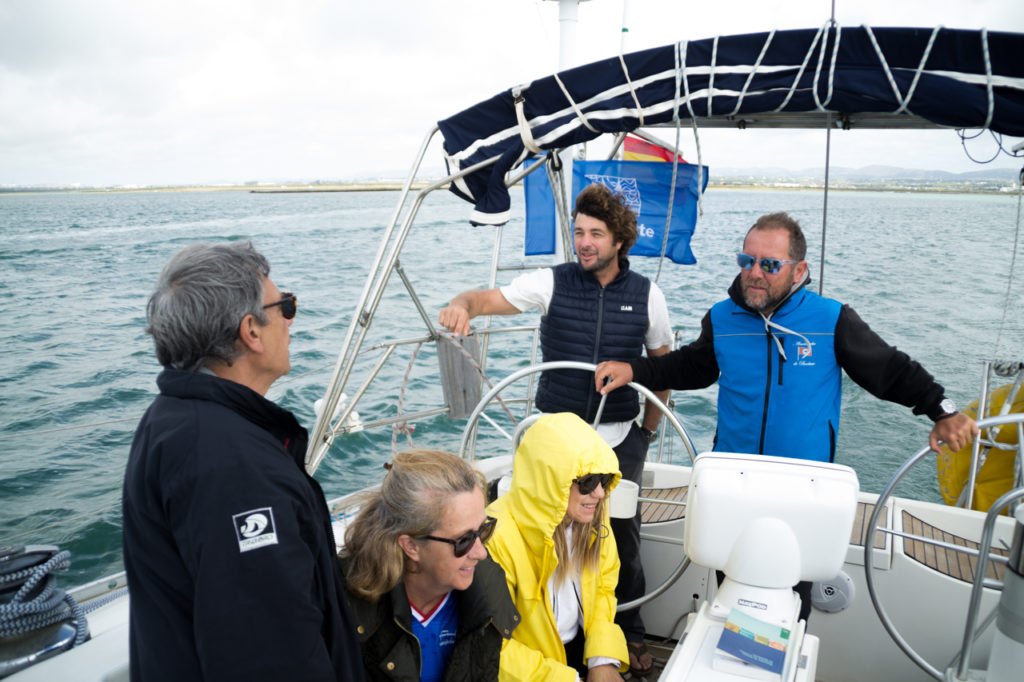
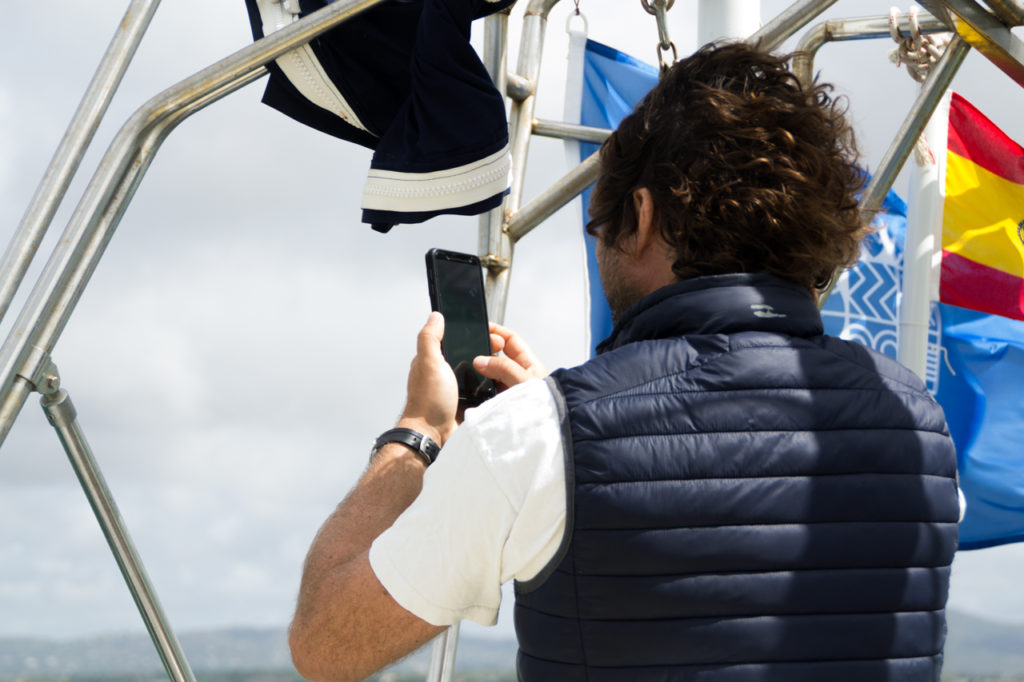
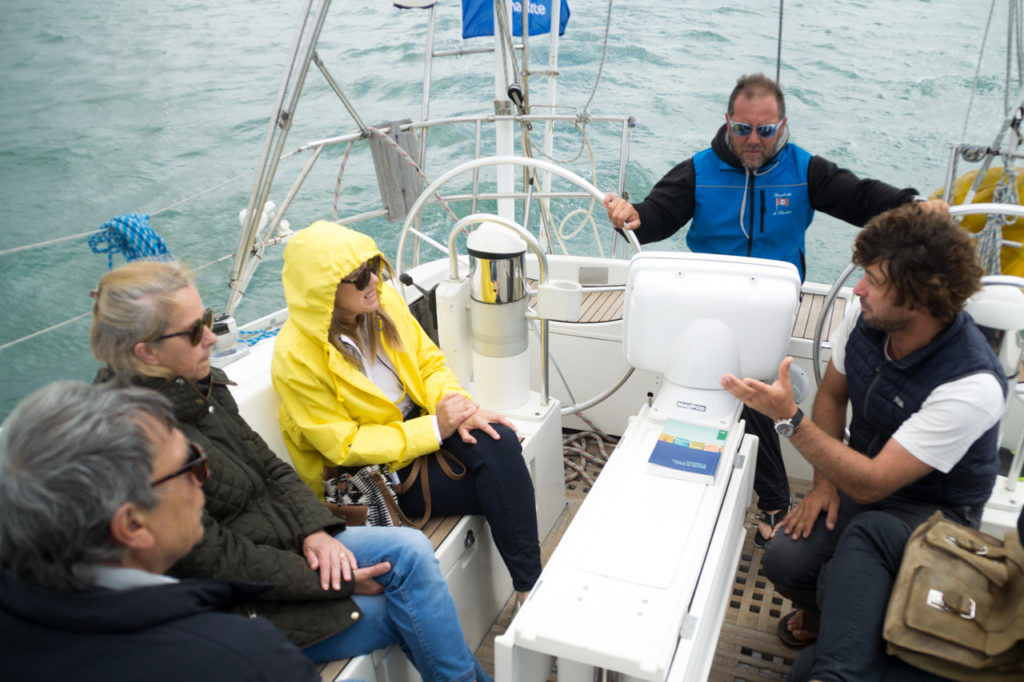
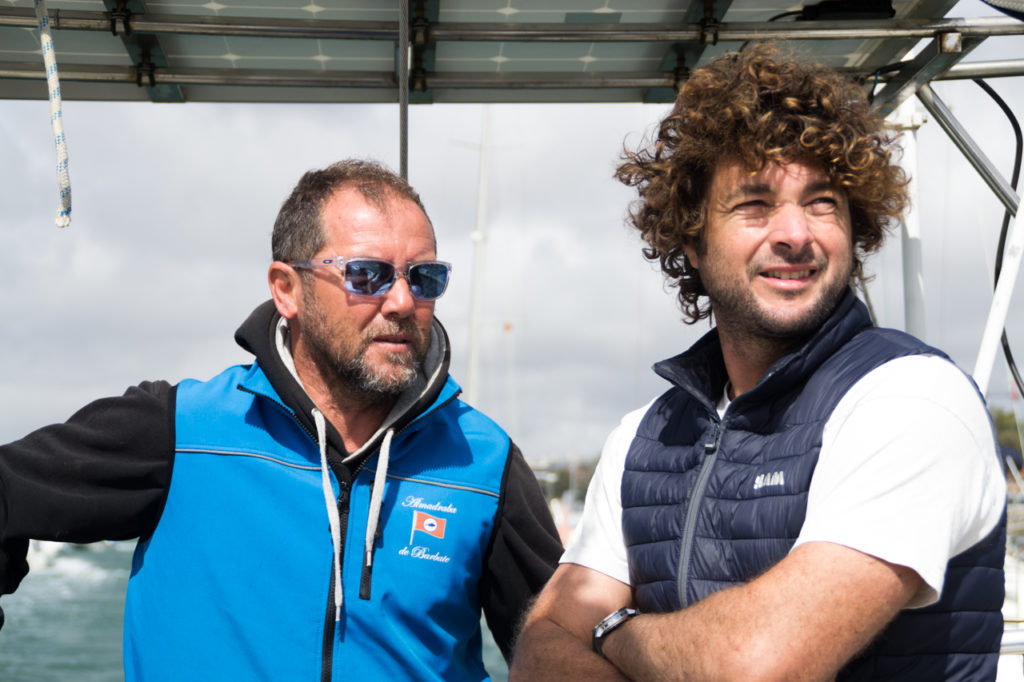
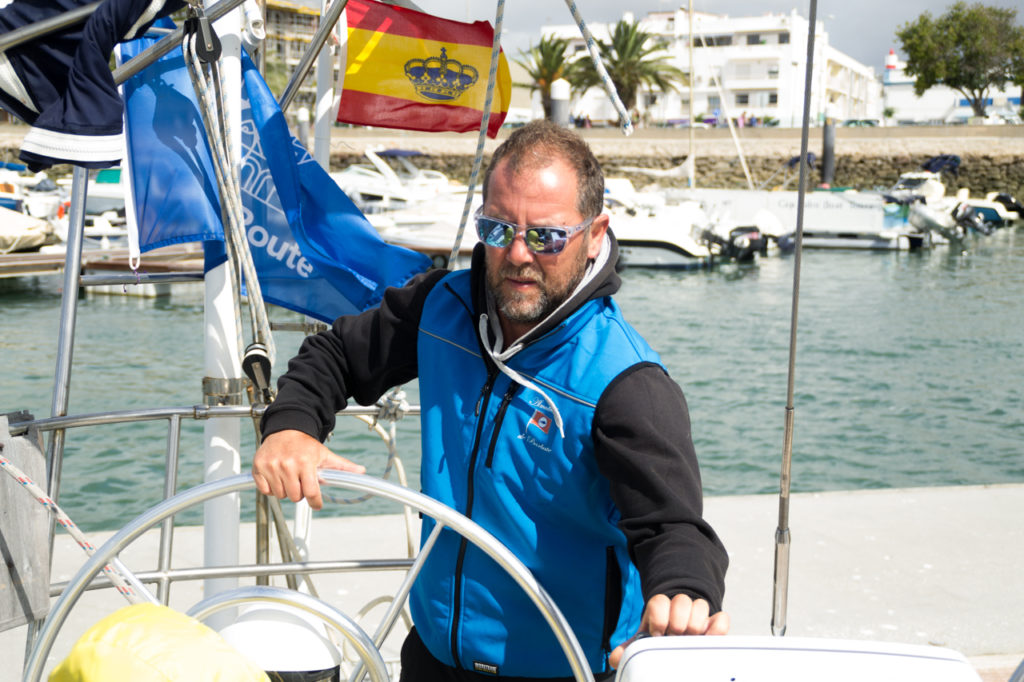
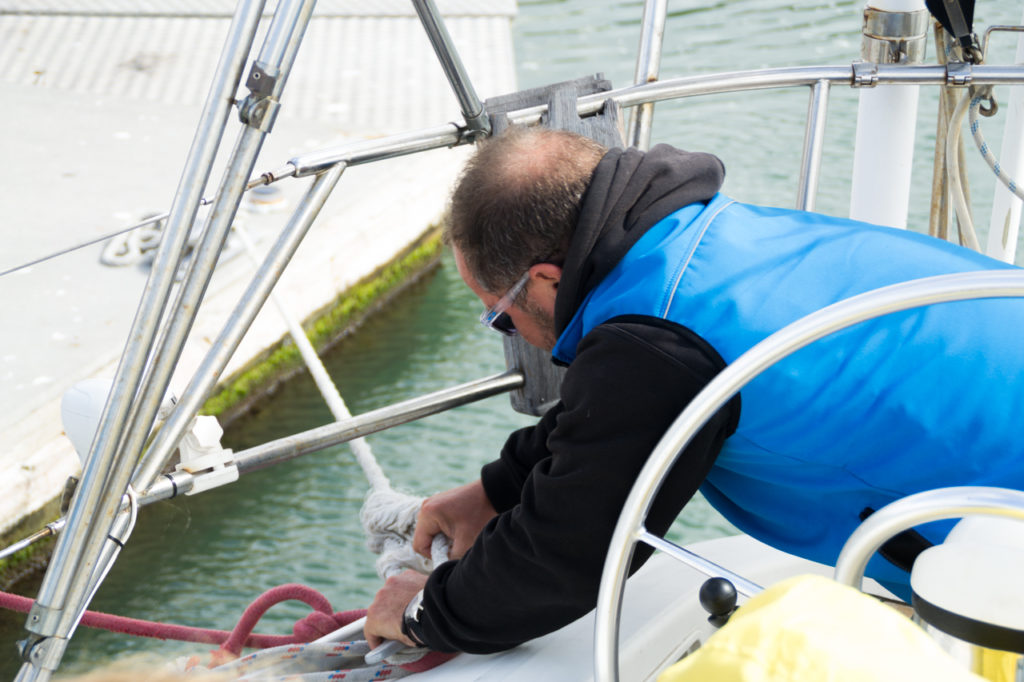
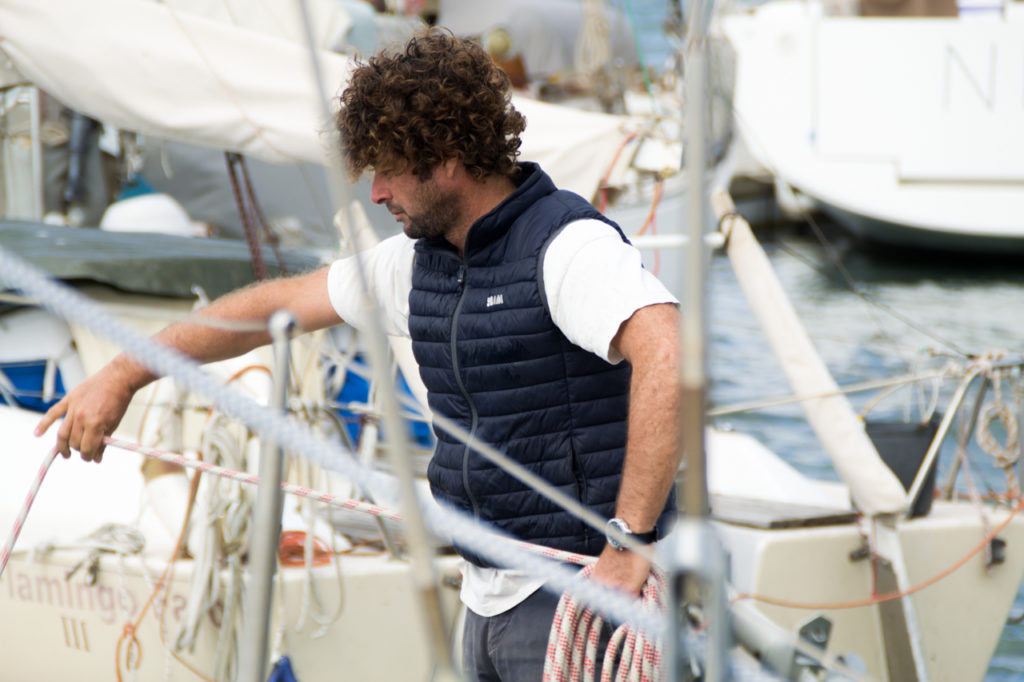
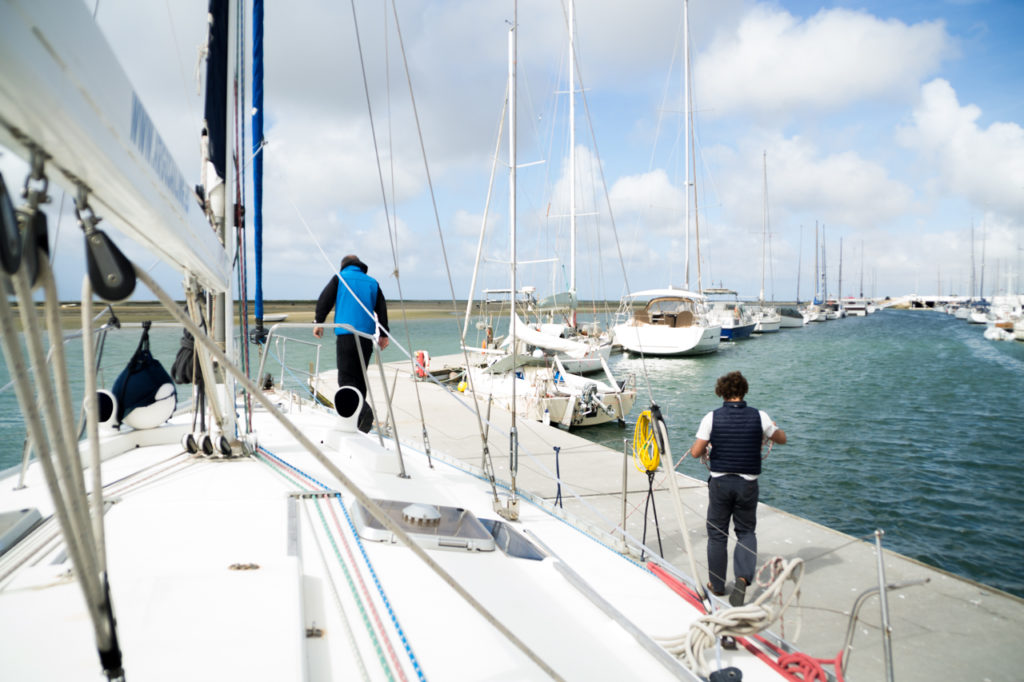
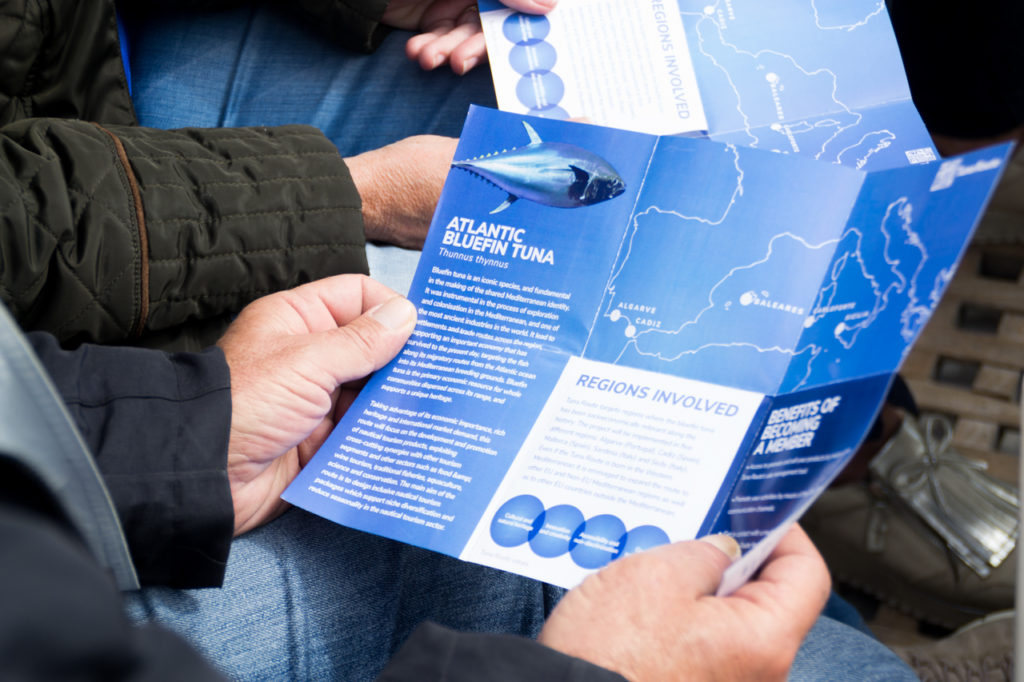
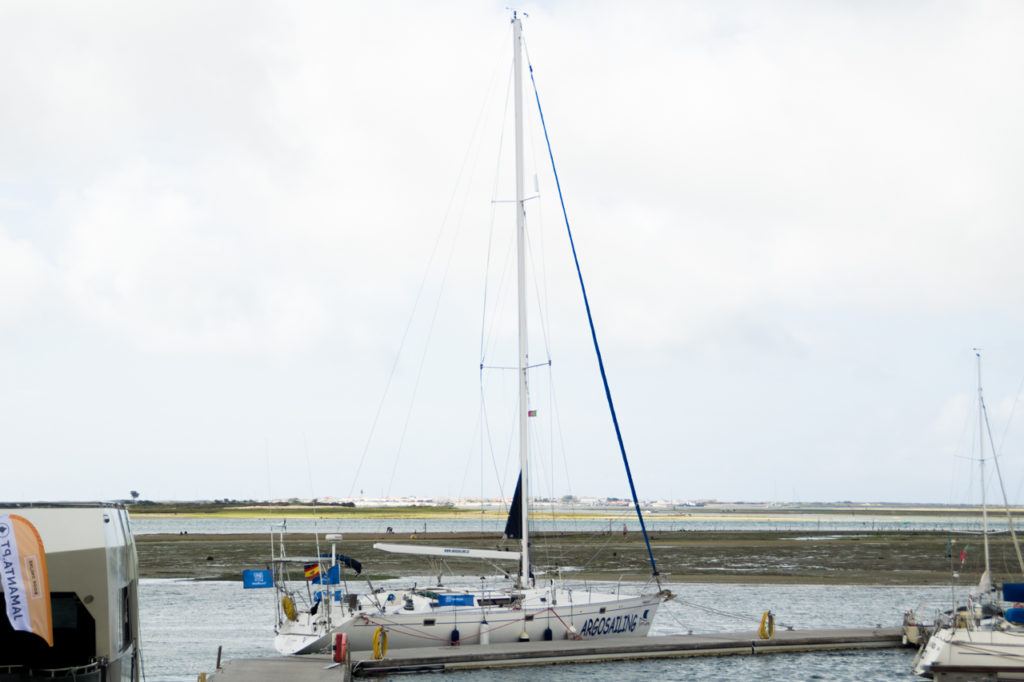


















Comments